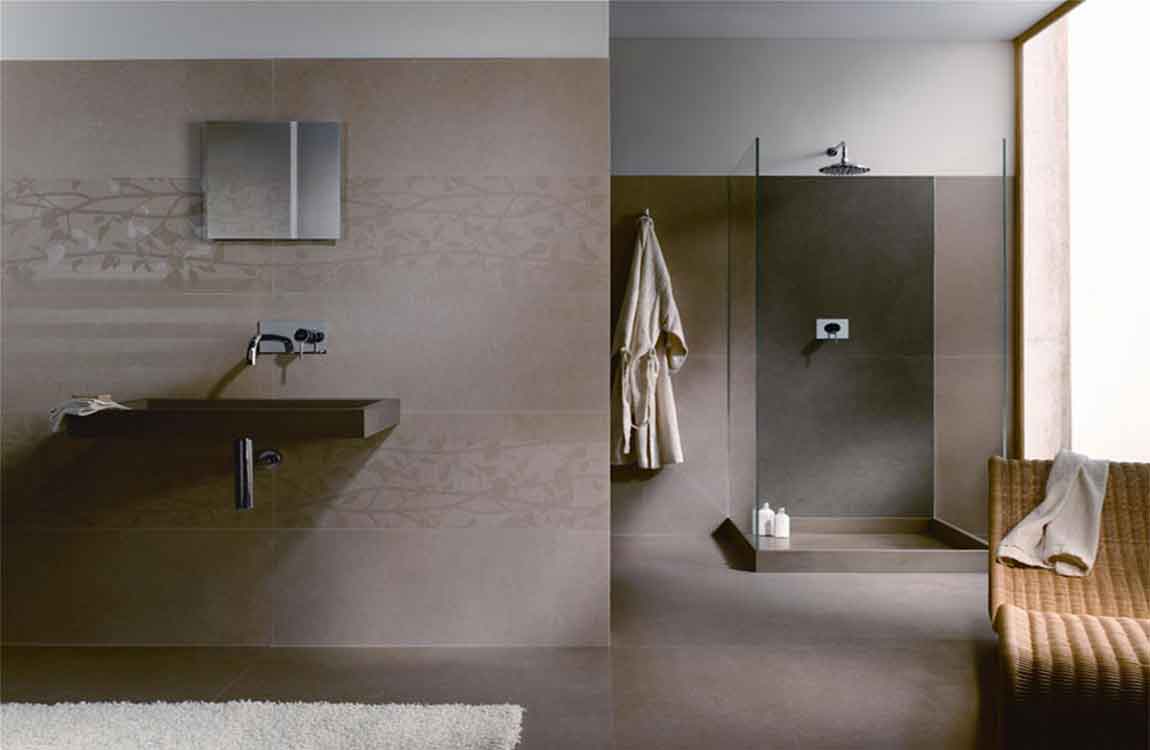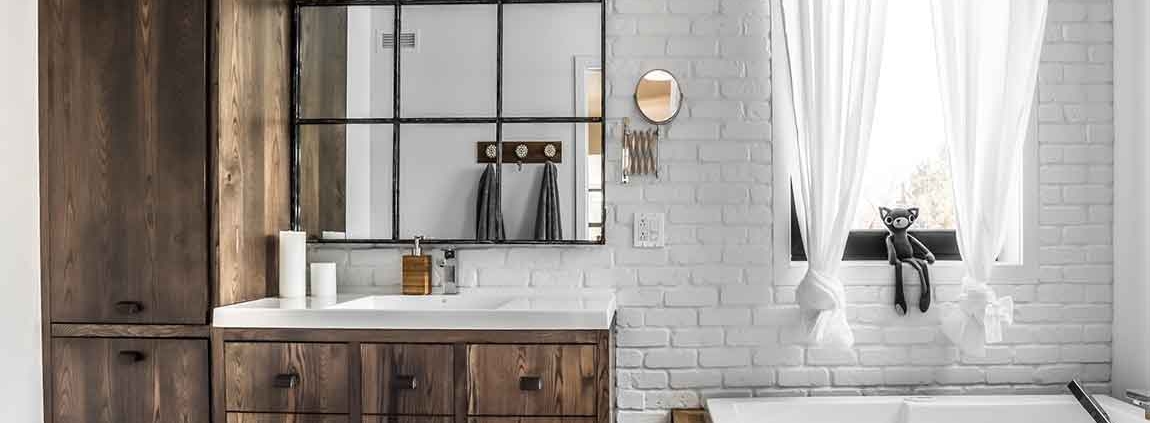The Knowledge of Rinse Shower Clean
Rinse the shower clean. Flush every surface of the shower with warm water, taking care to get rid of any lingering juice or pulp from the lemon. If necessary, go back over the acrylic one more time with a soft towel or sponge. When you’re done, your shower should be pristine and have a fresh, clean scent!
Let the first coat of paint dry and then apply a second one. It should take about 15-20 minutes for the first coat of paint to be dry to the touch. Once it is, go ahead and apply a second coat, working systemically as you go so you don’t miss any areas. “Drying” and “curing” are two different things. Paint can be dry but not yet cured—the curing is when the paint dries and also hardens, and it generally takes a much longer time than just drying. Proceed with the second coat of paint once the first coat has simply dried.
Use acetone on a clean washcloth to remove any residual cleaner. Dampen a clean washcloth with the acetone and wipe down the interior and exterior of the tub. Continue to wear your gloves—acetone can really dry out or hurt your skin if it comes into contact with it. If there was any remaining cleaner, grease, or grime, the acetone will get rid of it.
Connect the drain to the P-trap. Thread the drain chute into the P-trap under the tub. You may need to use PVC pipe to connect the drain chute to the P-trap if they don’t align perfectly. If that’s the case, dry-fit the pieces first and secure the PVC pipe to the chute and P-trap with ABS cement to prevent it from coming loose.
Caulk the tub to the floor. Run a bead of silicone caulk along the outside edge of the tub where it meets the floor. Make sure it meets both outside corners to prevent water from getting in between the tub and floor. Smooth out the bead with your finger or a damp rag.













